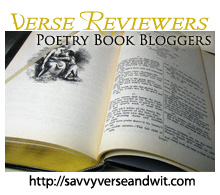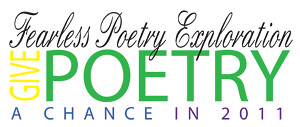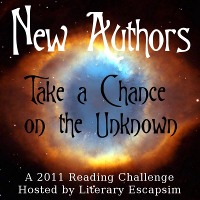Gaithersburg, Md., has its own book festival once a year, and this is the first time I’ve heard of it. Thank goodness for Facebook!
The festival happens this Saturday, May 21, and will feature some old favorites like Aviva Goldfarb (with a cooking demonstration) and Sarah Pekkanen. Check out the list of authors at the festival; here’s the whole list. Also check out the book signing schedule.
Beyond the panel discussions, there also are free workshops and those you must pay for (and for $10 how can you go wrong?).
From young adult and children’s books to adult fiction and nonfiction, this festival has it all, and there are local authors leading workshops and panel discussions. What I’m most looking forward to is the Friends of the Library used book sale (naturally) and the poetry readings at the Ogden Nash Coffee House.
What’s the best part? The festival is free to enter and the parking is free too!
Have you been to the Gaithersburg Book Festival? What are you waiting for?
Be there on the Gaithersburg City Hall Grounds, Saturday May 21, between 10 am and 6 pm.
 It’s time to announce the winners of the National Poetry Month giveaways.
It’s time to announce the winners of the National Poetry Month giveaways.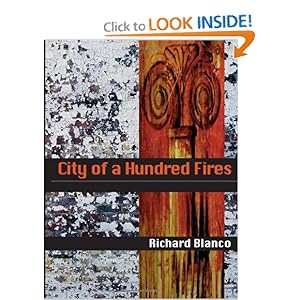
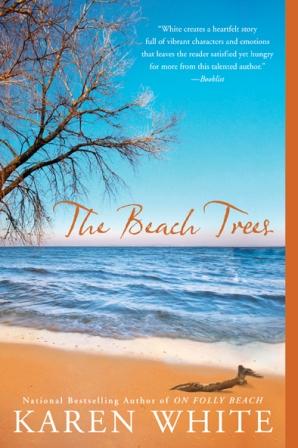
 About the Author:
About the Author:


